Command cruisers of the Navy of the USSR
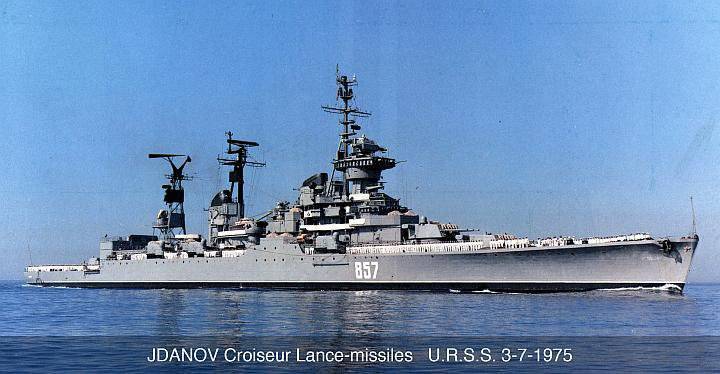
As of the middle of the 1970-ies, in the military service as part of the five operational squadrons of the Soviet Navy there were over 30 multipurpose nuclear submarines, the same number of strategic nuclear submarines, fifty diesel-electric submarines, 100 + combat surface ships and support vessels. In total, during the “era of stagnation”, the number of combat patrols of the submarines of the USSR Navy increased by 20 times, the number of long-distance hikes made by surface ships - by 10 times. By 1985, the service of up to 160 Soviet ships and support ships was carried out daily in different parts of the World Ocean.
The operational squadron (Opsk) of the Navy of the USSR is a tactical unit formed for service in important regions of the planet. Total stories domestic fleet There were five OpEsk:
- 5-I Mediterranean Operations Squadron;
- 7-I operational squadron (area of responsibility - Atlantic);
- 8-I operational squadron (the Persian Gulf and the Indian Ocean);
- 10-I OpESK (Pacific Ocean);
- 17-I OpESK (it is - 15-I), for solving operational-tactical tasks in the Asia-Pacific region (mainly - the South China Sea, Vietnam and Southeast Asia).
The increase in the number of warships in positions in the oceans required a change in the approach to the organization of combat service and the management of ship connections. Already by the middle of the 60s, with the intensification of measures to counter enemy submarine rocket carriers in the Mediterranean Sea and the increased presence of the Soviet Navy in military conflict zones, there was an urgent need for advanced flagship command posts (FKP). The Soviet fleet needed a specialized staff ship equipped with modern communication systems, means of planning combat operations and coordinating logistics and special support measures for the fleet forces.
A real “think tank” where all the information about the current situation in the OPEC area of responsibility would flow and from where the diverse forces of the squadron (anti-submarine forces, missile-artillery and landing ships, reconnaissance, support vessels, maritime forces could be controlled) aviation and submarines).
The solution to the problem of command ships was the conversion of two morally obsolete artillery cruisers of the 68-bis project (cipher "Sverdlov") into the cruisers of the 68-U project. According to the original plan, “Zhdanov” and “Admiral Senyavin” were to lose part of their artillery weapons, in return, the ships expected to receive special communications equipment, prepared premises for organizing the work of the FKP, as well as modern systems of self-defense, electronic reconnaissance and EW.
The choice of the 68-bis cruisers was by no means accidental - a large warship, with a total displacement of 16 thousand tons, with many working rooms and ample opportunities to accommodate external antenna devices. The stock of fuel oil on board provided the ocean cruising range of 9000 nautical miles at cruising speeds of 16 knots, and the maximum speed, 32 of the knot, made it possible to perform combat missions on par with modern navy ships.
The 68-bis cruiser, as the heir to the glorious era of the dreadnoughts, possessed enhanced combat survivability and an excellent level of protection - unlike modern "armored" ships, the old cruiser was securely wrapped in the 100 mm "coat" of the main armor belt.
Finally, 9 six-inch guns in the three remaining GK towers provided the ship with solid firepower in a naval battle at short and medium distances.
Cruiser management "Zhdanov"
In 1965, the cruiser "Zhdanov" was reactivated and transferred from the Baltic to Sevastopol. The modernization of the ship took seven years - in June, 1972, after passing a series of state tests and test shooting, "Zhdanov" was enlisted in the 150 brigade of large missile ships of the Red Banner Black Sea Fleet.
To solve the main tasks, instead of the third tower of the main caliber, a new superstructure and an 32-meter truss mast with antennas of the KV-radio communication system “Vyaz” and space communication units “Tsunami” appeared. On board the cruiser were 17 KB and CB radio transmitters, 57 KV, BB, CB and DV receivers, nine UKB radio stations, three radio relay VHF systems and satellite communications equipment - all 65 antennas and 17 posts for radio equipment , allowed to form up to 60 data channels. Reliable radio communication with ships and the coast was carried out at a distance of up to 8 thousands of kilometers, while on satellite lines they provided communication with any region of the planet.
Due to a significant increase in energy consumption (the power of only one Vyaz transmitter reached 5 kW), the ship’s power station underwent a change - the power of the generators had to be increased by 30% with a corresponding expansion of the premises for the installation of new equipment.
Considerable changes took place in the inner spaceships of the ship — here the FKP of the fleet commander was housed, as part of a group operational squadron command post, reconnaissance and communications staff posts, a room for cryptographers, and a group of operational planning and operational tactical calculations. Total for these purposes was provided 350 square. meters of space with the possibility of expansion due to the adjacent premises. Also, there were several comfortable cabins for senior officers and a high-quality interior for receiving foreign guests. On board even had its own printing house, photo lab and cockpit for a musical orchestra.
Significantly improved living conditions - on the ship installed low-pressure air conditioning system, providing comfortable conditions in residential premises, at combat stations and compliance with storage standards in the cellars of ammunition at elevated temperatures outside the ship.
As for the armament complex, the reduction of the artillery power of the cruiser was compensated by the increase in its defensive capabilities - the Osa-M SAM missile launcher (20 short-range anti-aircraft missiles) appeared in the stern of the ship, and the air defense system was formed from four paired automatic anti-aircraft missiles with radar guidance AK-230 (caliber 30 mm, rate of fire 2100 rds / min., Power - metal tape on 1000 shells).
The ship's total displacement has increased by 2000 tons compared with the design value of the cruiser 68-bis.
In combat campaigns aboard the "Zhdanov" housed the headquarters of the 5 of the Mediterranean operational squadron. In addition to the standard functions of the PCF and the repeater, the ship carried out representative missions during business visits to the ports of Yugoslavia, Syria, Egypt, France, Greece, Italy. The Black Sea Cruiser regularly entered combat service in the North Atlantic, visited the cold Severomorsk with visits, provided continuous radio communication throughout the route across the Atlantic Ocean during the visit of L.I. Brezhnev in the USA and Cuba (1973 year).
Periodically he conducted independent tracking of the ships of the “probable enemy”, threatening to turn the shaky decks of modern frigates and destroyers into ruins with one volley of their large-caliber guns. In 1982, during the Lebanese War, the Zhdanov was in Syria, providing air defense against the Soviet Tartus naval base from possible Israeli air raids. The cruiser actively participated in the combat training work of the fleet, took on board a delegation of high-ranking officials of the USSR and foreign countries, did not refuse to enjoy playing films or taking part in festive parades. In recent years, the cadets of the naval schools of the USSR often practiced on the ship.
A good cruiser in all respects, honestly serving 35 for years under the flag of the Soviet Navy.
10 December 1989 of the Year By the order of the Commander-in-Chief of the USSR Navy, the cruiser of the “Zhdanov” command was excluded from the composition of the ships of the Navy. The fate of “Zhdanov” ended in November 1991 of the year, when the disarmed hull of the old cruiser was taken away for cutting into the Indian port of Alang.
Cruiser management "Admiral Senyavin"
A much more interesting and dramatic fate awaited the second representative of the command cruisers of the Soviet Navy.
The story of the appearance of this ship is amazing - a project of an even more serious modernization of “Admiral Senyavin” with the removal of both of the GK stern towers arose in someone’s perky mind. On this basis, between the supporters and opponents of naval artillery, such a heated argument broke out that by order from Moscow an armed cordon was set up around the fourth GK tower.
When upgrading at the Vladivostok Dalzavod, the cruiser was still “amputated” an extra turret and when the gunners missed the loss, it was already late — the turret and guns were sent to nails, and instead of the fourth turret tower on the cruiser, a helipad appeared and a hangar to accommodate the Ka-25 . In general, the decision turned out to be the right one, and the reserve of space and weights that appeared allowed us to strengthen the cruiser’s air defenses — instead of four, as on Zhdanov, the Admiral Senyavin received X-NUMX AK-8 anti-aircraft guns with fire control radars.
In order to somehow hide the fact of the incident with the tower, the Senyavin modernization project was given a retroactively new number 68-Х2 (“Zhdanov”, respectively, received the designation 68-Х1).
The second command cruiser served long and righteously as part of the Pacific Fleet, plowed the ocean far into latitudes, visited India, Somalia, Vietnam, the island of Mauritius on business visits ...
However, in June 1978 of the year on the cruiser “Admiral Senyavin” there was a misfortune - even in official documents of that time with the “secret” stamp it passes as “heavy”. On the “unlucky” day of all beliefs, 13 June 1978 of the year, during offensive artillery firing, in the presence of a large number of high-ranking officials on board, an emergency occurred in the tower of the Civil Code No. 1 - after eight volleys in the right 152 mm gun, the ninth shot missed. When sending the next, the tenth projectile, into the barrel of the projectile, he crushed the ninth, which was stuck inside. The ship jerked and finely shaken from a powerful blow, the bow tower of the Civil Code was wrapped in a ghostly shroud of smoke. When the armor door was otdrali - all 37 people inside the tower and transshipment compartment were dead.
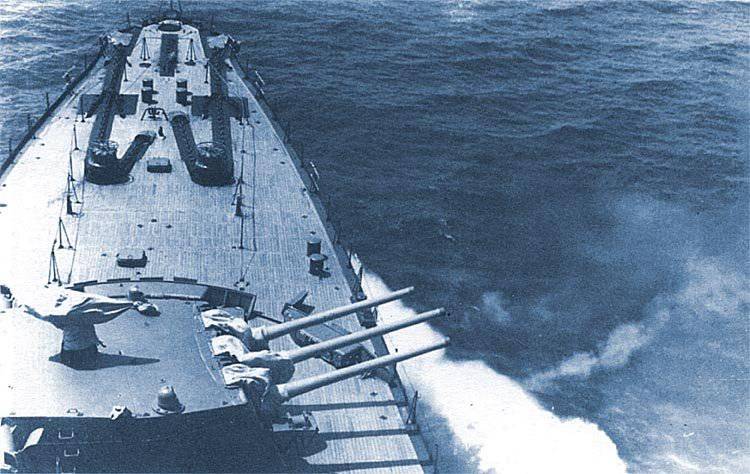
The results of the investigation of the special commission showed that there was no one to blame for the catastrophe - someone from the calculation of the gun lifted the lock. The situation was aggravated by the notorious "general's effect", recently demobilized (a couple of months before the tragedy, many experienced sailors came ashore) and the general nervousness of the extraordinary "demonstration" exercises. Fortunately, the terrible fire did not happen, the ammunition cellar was urgently flooded and the ship, after repair, returned to service.
In July, 1983, the Admiral Senyavin itself took part in an emergency rescue operation to lift submarines in the Sarannaya Bay in Kamchatka (the boat sank during trimming at a depth of 45 meters).
The Pacific command cruiser ended his service in 1989, and a couple of years later, like his fellow Zhdanov, he filled up a pile of scrap metal on the distant Indian coast.
Finale
The command cruisers of the 68-U1 / 68-U2 project reflected the current view of the command of the Soviet Navy on the structure and tactics of the use of ocean combat groups. As practice has shown, ships of this class turned out to be a very specific means, whose use was justified in conducting large-scale operations off foreign shores, with the involvement of diverse aviation forces, marines and fleets. Which fully corresponded to the concept of using the forces of the Black Sea and Pacific Fleets.
At the same time, the strategic Northern Fleet — the largest and most powerful in the USSR Navy — did very well without control cruisers. Like his "colleague" - a modest Baltic fleet. To control the ships' squadrons, the usual command posts on cruisers and destroyers were sufficient. Numerous communications missions (communications vessels, naval reconnaissance ships) and orbital satellites carried out the retransmission, and important orders were usually given directly from the offices of the Kremlin, the General Staff of the Navy and coastal FKPs.
As for our time - progress in radio electronics and combat information and control systems is not in place. Now the role of the flagship can perform as a heavy nuclear cruiser, and any of the destroyers or even frigates. To do this, they have all the necessary equipment on board.
Returning to the cruisers of the “Zhdanov” and “Admiral Senyavin” directorates, it was a good impromptu, created to solve specific problems in the conditions of the Cold War. The fleet received powerful combat units, which, to all, had special capabilities to ensure coordination and control of the formations of ships.
Photo gallery of command ships
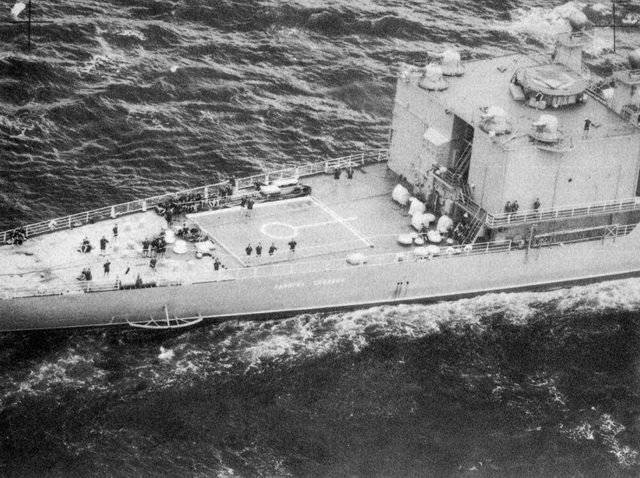
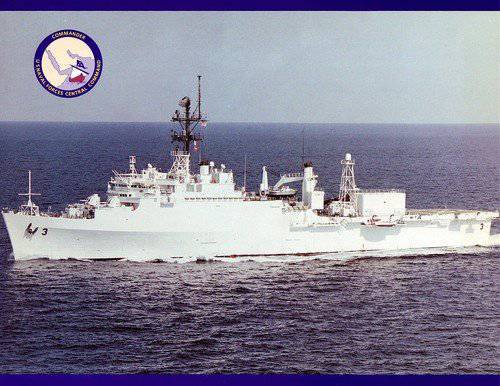
USS La Salle Command Ship (AGF-3). Launched in the 1964 year, as the landing dock. In 1972, it was converted into a command center. Nes served in all the hot spots of the Cold War, receiving from his crew the proud nickname of Great White Target (large white target) due to the absence of any weapons (except for two three-inch World War II). Sunk on drills in 2007 year
The pride of the Ukrainian Navy is the command ship "Slavutych". Inherited from the USSR. The initial purpose is a special transport of nuclear waste based on the freezer trawler pr. 1288. Subsequently converted into a control ship.
http://navycollection.narod.ru
http://atrinaflot.narod.ru
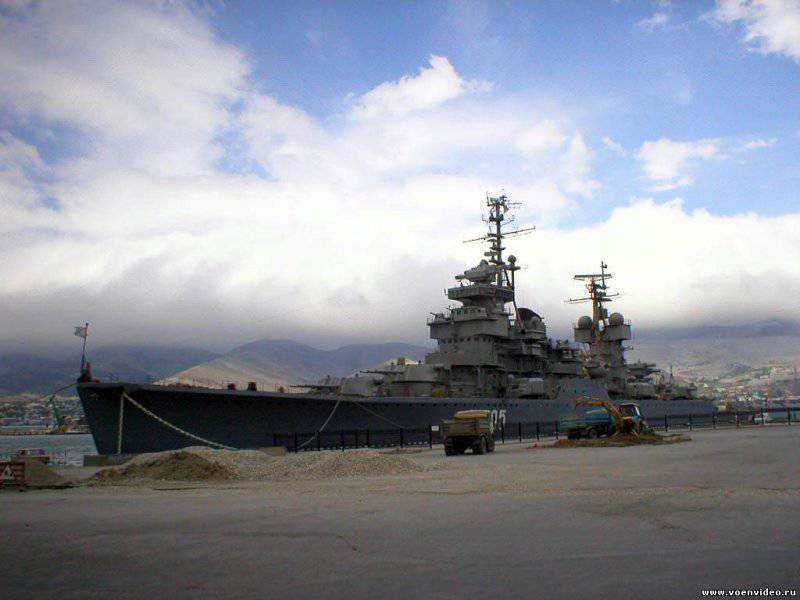
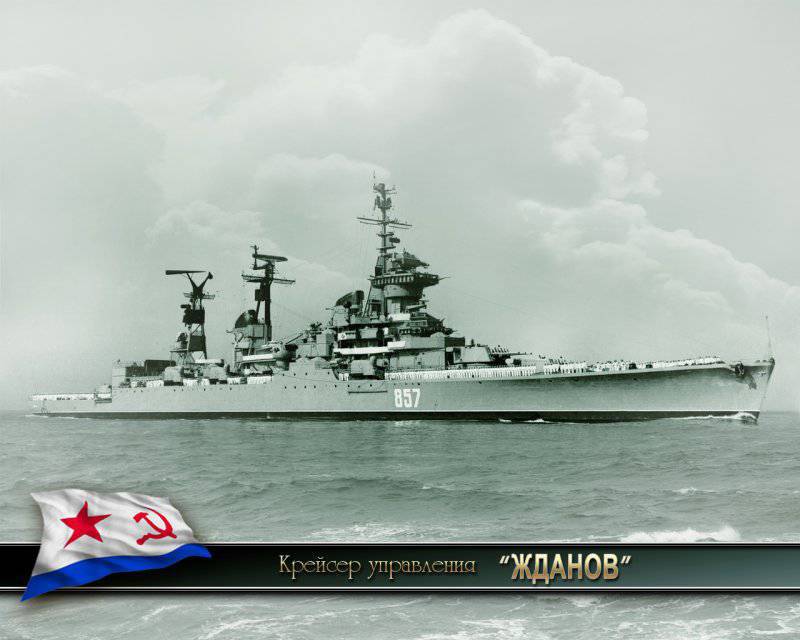
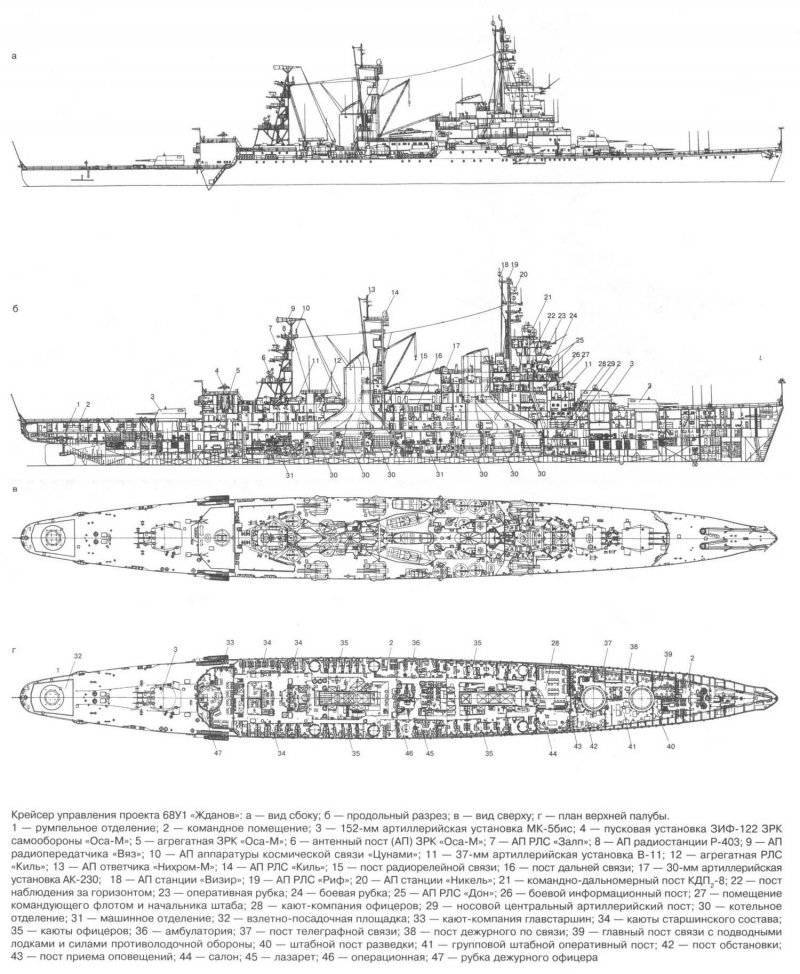
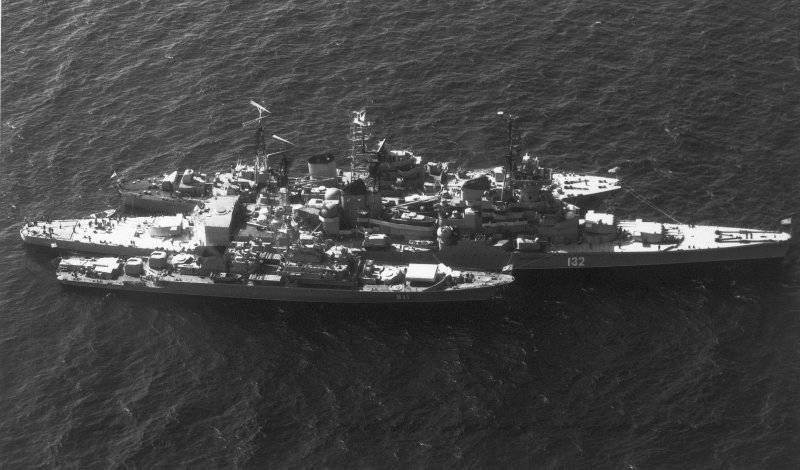
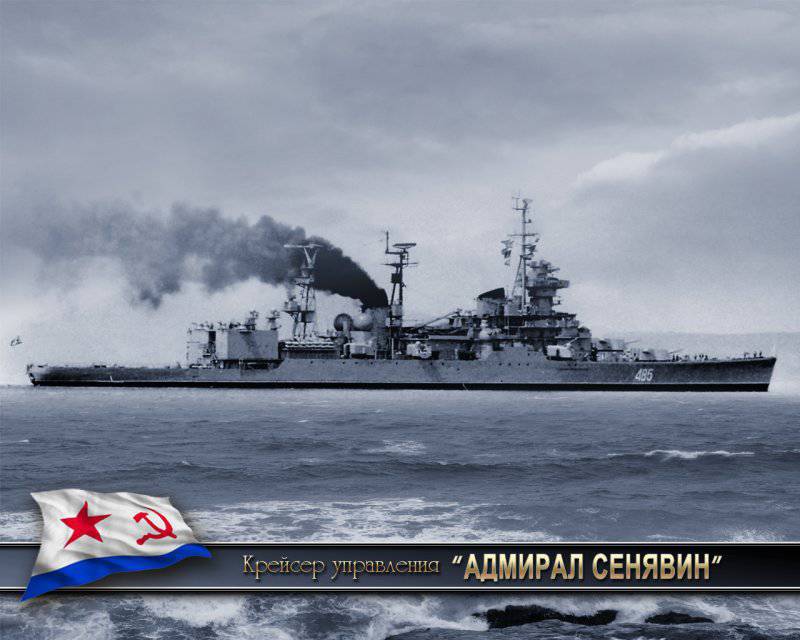
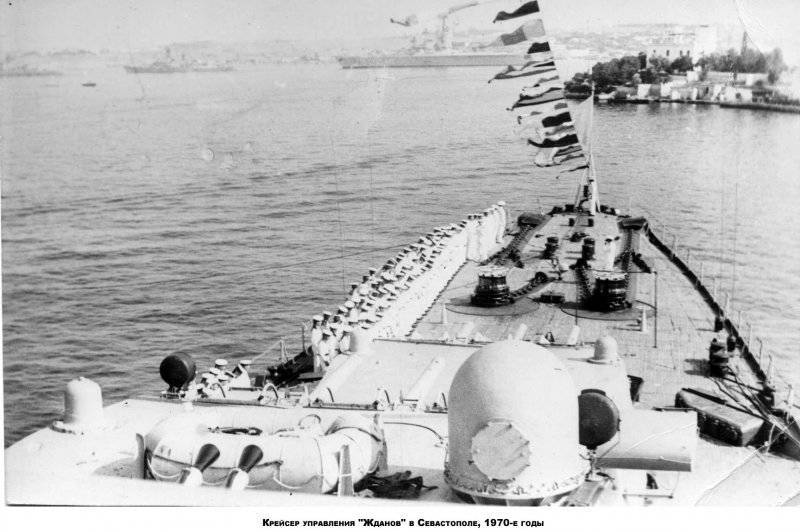
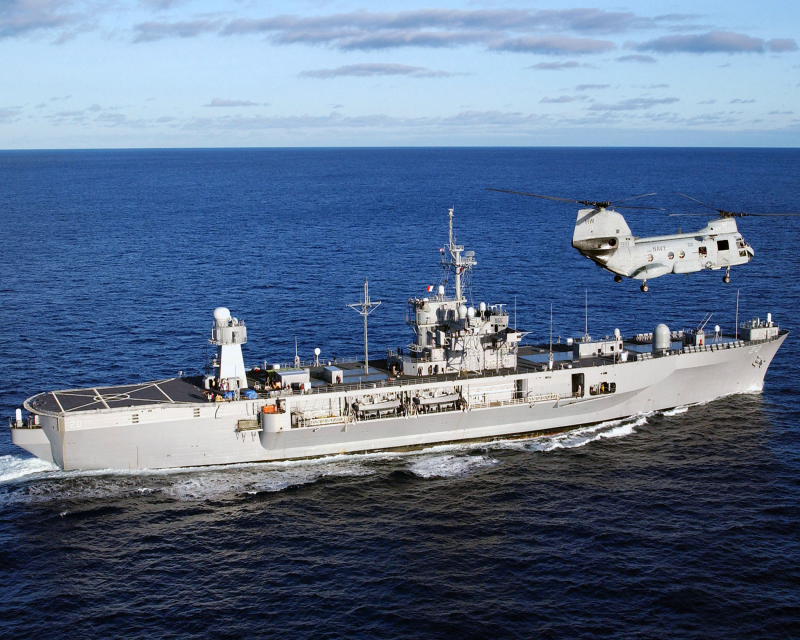
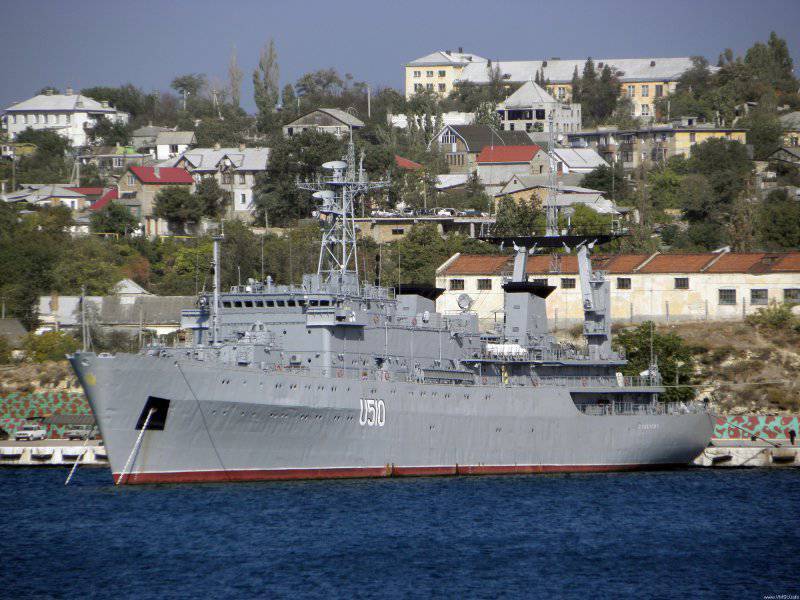
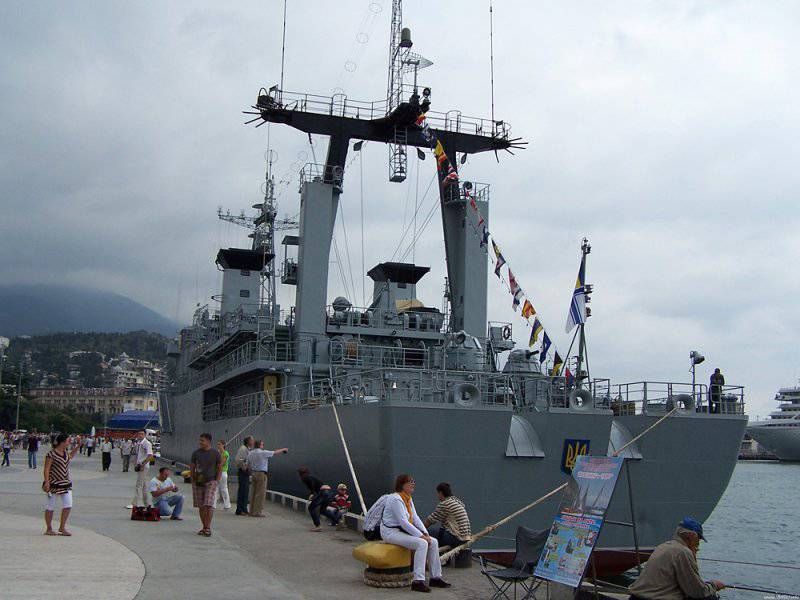
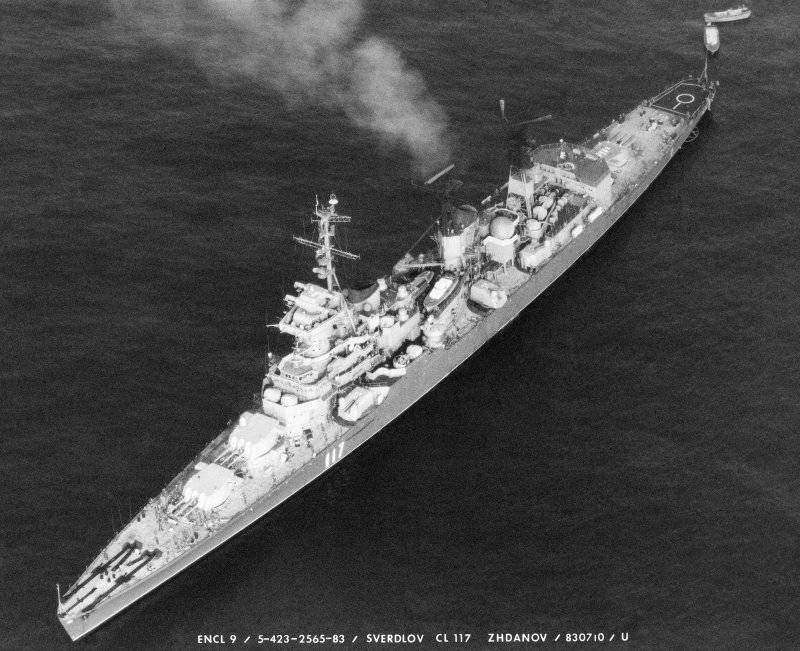
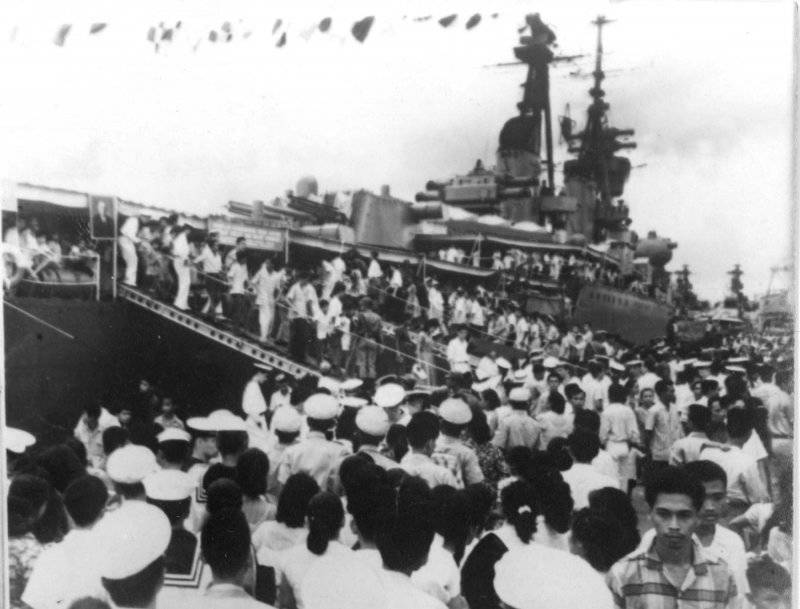
Information